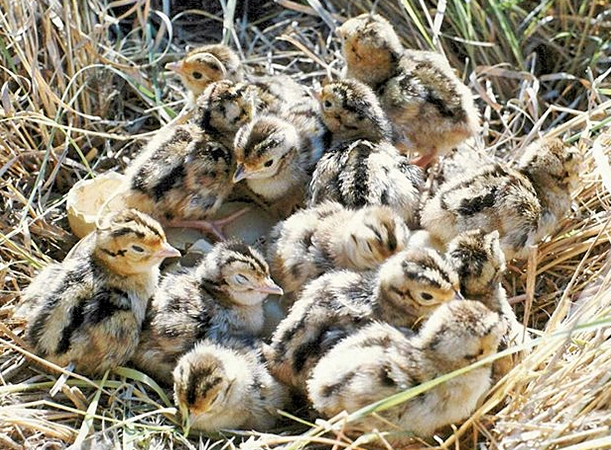
Over the long term, good pheasant hunting depends on good grassland habitat. But year to year, pheasant numbers rise or fall on the vagaries of weather. Long periods of cold and snow hurt pheasant survival, especially if habitat is marginal. Wet, cold springs hamper nesting success.
And so it was this year. Some states and regions were blessed with both mild winters and springs. Others were pummeled with snow and rain.
Pheasant-country biologists will better understand how good hunting will be once they compile information from roadside surveys this month. In the meantime, here are their best guesses, based on nesting conditions and anecdotal reports.
North Dakota
North Dakota hunters have reason to be optimistic. Winter was fairly mild, with minimal snow.
“Pheasants, especially hens, made it through winter in good condition,” says Stan Kohn, upland game management supervisor for the North Dakota Game and Fish Department. “We should have entered the nesting season with a pretty good adult breeding population.”
Spring crowing counts were up about 11 percent statewide.
“We did get some gully washers in late May and June, so hens nesting in low lying areas probably got washed out,” he continued. “We’re hoping this occurred early enough in the egg-laying/incubation stage that they re-nested, but we won’t know until our production surveys are complete.”
The effects will probably be uneven and localized.
Hunters can also look forward to habitat improvement projects. The department received a $3 million Outdoor Heritage Fund grant to leverage more than $3 million of PLOTS funds and about $34 million from the USDA -- a total of about $40 million to benefit water quality, habitat conservation, and public hunting access.
Says Kohn, “We hope to do some great things with this grant.”
South Dakota
The good news: South Dakota also had a mild winter that ushered a lot of birds into the nesting season.
“The overwinter survival of those hens was good, so we should have had a good bunch of birds coming into spring for the nesting and brood-rearing period,” said Travis Runia, upland game biologist for the South Dakota Game, Fish and Parks Department.
Spring weather started dry but May rains fixed that.
Says Runia, “Nesting cover really caught up quickly.”
The bad news: Some freakish spring weather. Portions of north-central South Dakota got up to 9 inches of rain, which may have inundated some nests. And winds up to 80 miles an hour may have wiped out chicks. Even so, Runia is confident that bad weather was spotty enough that plenty of broods survived.
“I’m pretty optimistic we’ll see a little bump in our population this year.”
Long-term, CRP is still a concern, Runia says. Acreage is stable at a bit under 1 million acres -- about 500,000 fewer than the peak in 2007.
State biologists, officials, and conservation leaders are discussing recommendations formulated at the Governor’s Pheasant Habitat Summit last year. The list of projects is still under review. About $700,000 in state money and contributions will be available. •